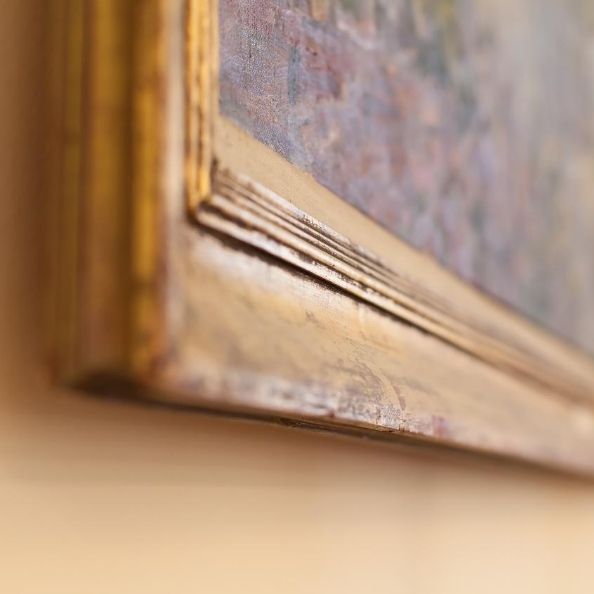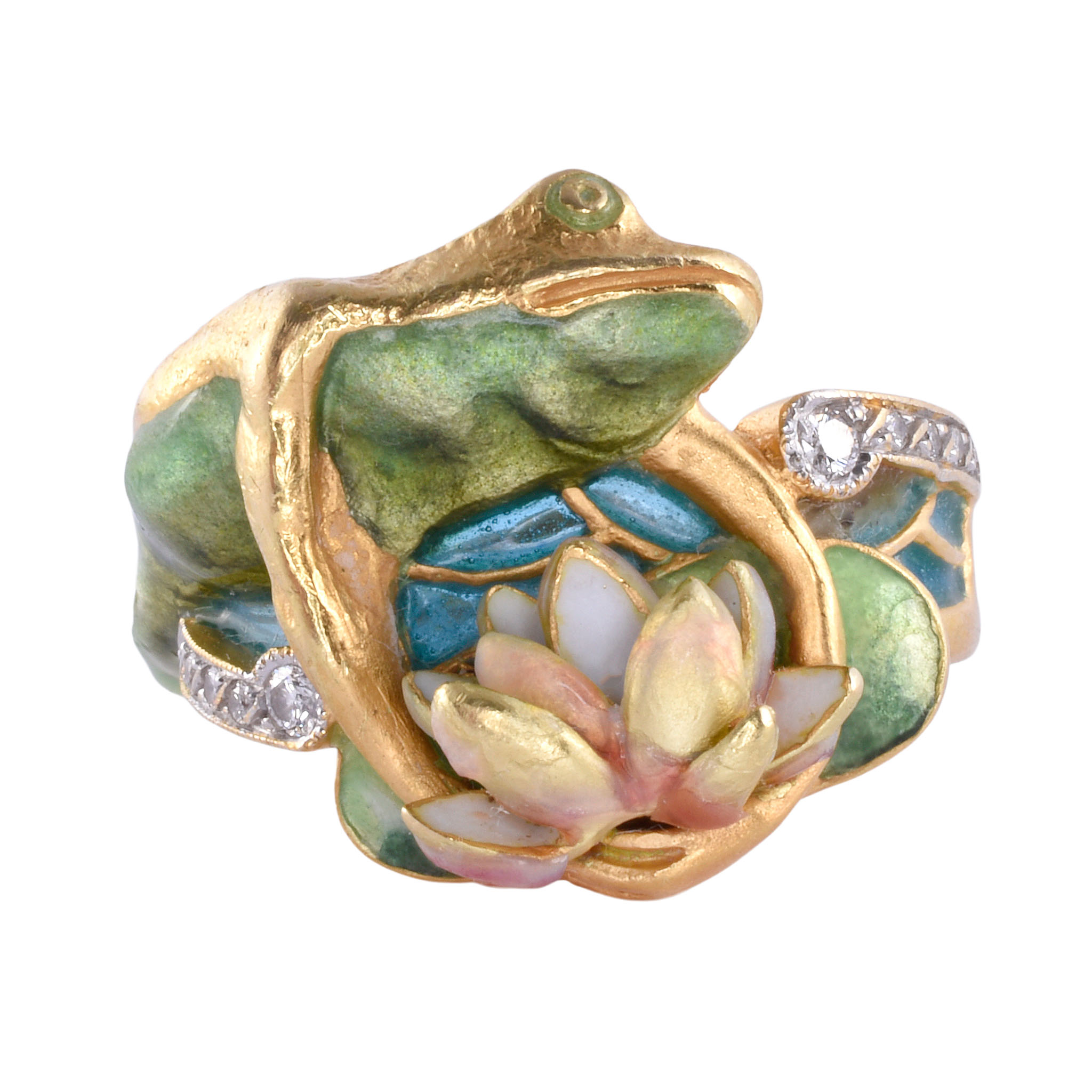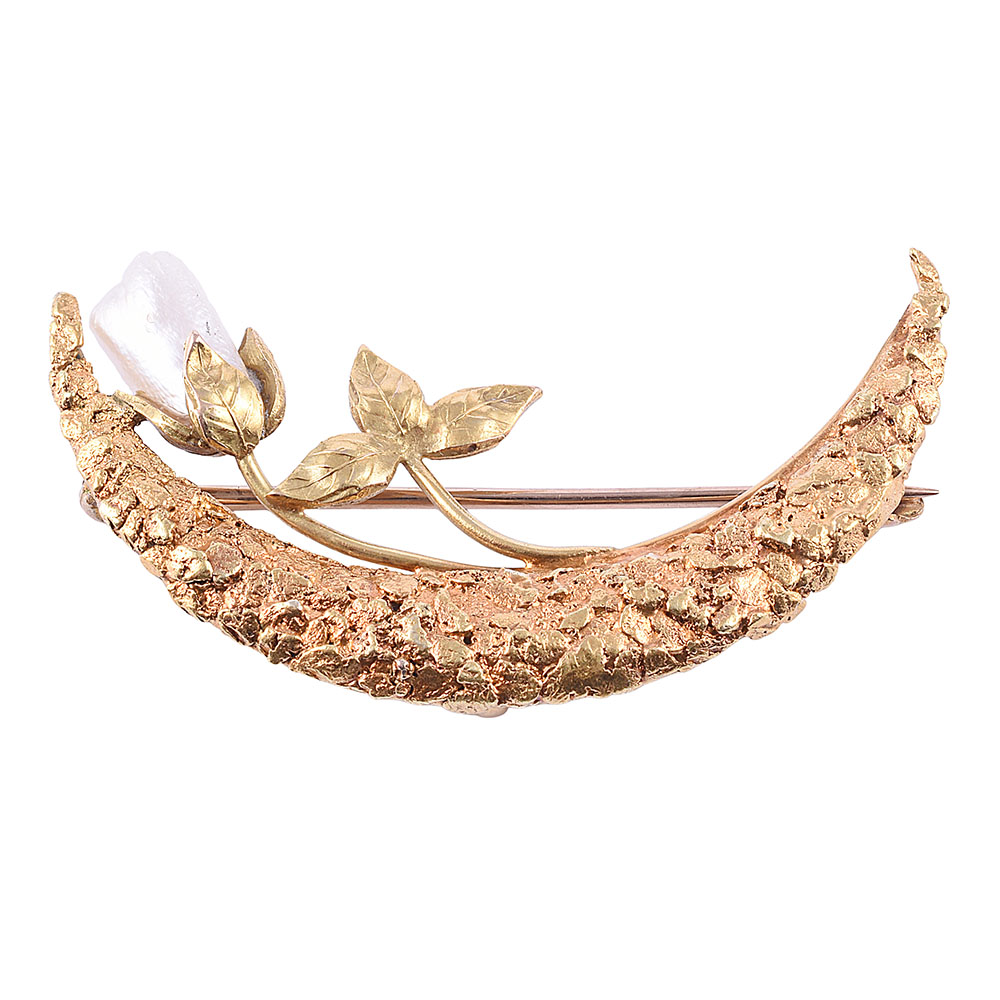How To Care for an Antique Painting


Caring for paintings is an important part of being an art owner. Paintings that have been properly cared for can last much longer than those that are neglected. If you are an antique painting owner or you’re in the market for some fine antique paintings, it’s crucial that you learn how to care for an antique painting. This guide will walk you through some of the key tips to keep in mind.
Store it or display it in a place where air can circulate
Air circulation is important to the health of antique paintings. Storing antique paintings in a location where there is a positive airflow helps the painting avoid extreme moisture without drying it out completely. It’s best to store the painting in a clean, dark, dry place. Be sure to cover the painting or keep it in a case to prevent dust and dirt build-up or accidental damage while moving about the storage space. Outdoor storage facilities are not recommended as they can unwittingly expose the painting to the elements.
Bonus Tip: For extra air circulation, lean the painting slightly away from the wall it hangs on. This allows extra insulation and keeps the painting at a very slight, almost imperceptible angle.
Framing tips to avoid damage
Framing and mounting of your antique paintings is often best left to a professional, but if you are determined to learn, there are a few things you should keep in mind to avoid damaging your paintings. For instance, you should keep antique oil paintings in a deep frame that will hold the stretcher firmly in place. Often, taking your antique painting to a professional framer is the best option, especially if you have trouble finding a frame with the perfect depth.
Paintings that were done on paper, rather than canvas or other, more durable materials, should be mounted on acid-free boards. This will prevent damage or over-drying of the painting and keep it looking the way it should. Ask a framer or an antique painting dealer where to find the best non-acidic board. If you’ve already found a board, you can ask a professional to double-check that it’s the right type for your specific painting. This will ensure you don’t accidentally damage the painting when trying to frame or hang it.
Cleaning an antique painting
You should always dust antique paintings with a soft brush, which you should gently run along the surface of the painting. This is the only form of cleaning that you should do as a non-professional—anything more could potentially damage or even ruin the artwork. A professional painting restorer or repairer is the best choice to complete any annual cleanings or touch-up work.
For more information regarding how to care for an antique painting, or to satisfy your antique painting needs, check out Solvang Antique’s wide collection of antique art online.



